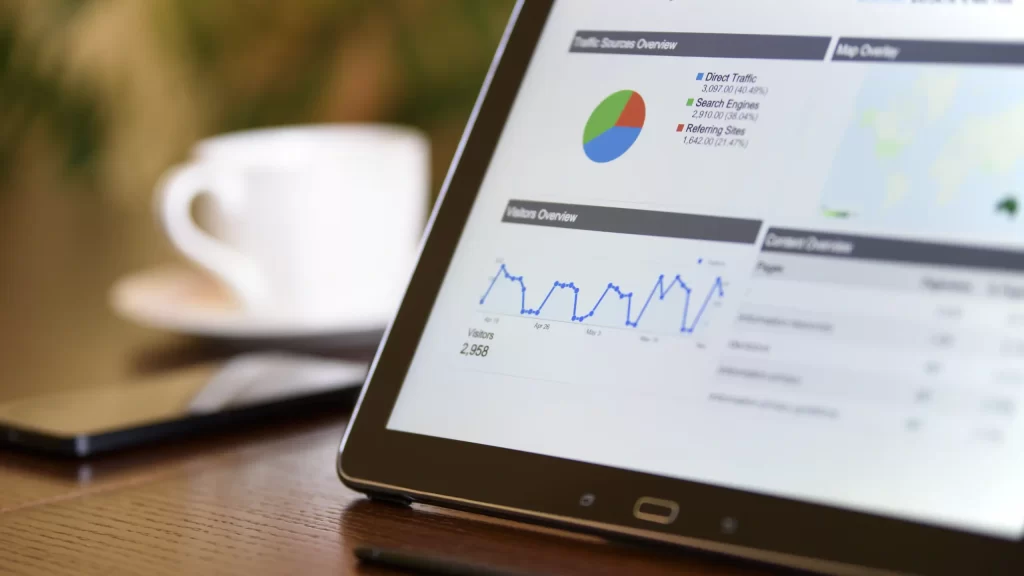
Shopping in huge stores and supermarkets can be overwhelming at times. A store without any sense of direction is no less than a maze. Life is all about effective planning, and those who master this art remain successful till the end. In addition to assisting individual success, effective planning is beneficial to brands in maintaining their store arrangements. Planogram is a strategic method of product placement that helps increase product visibility and promotes sales. To make it understandable, suppose you are browsing for utensils in the supermarket. You observe that small pots are placed on the upper shelves and bigger pots on the lower shelves. Wouldn’t that be inconvenient and visually unpleasing?
Planograms help avoid any confusion and unpleasantries. They are not only used to place products correctly but also to display the store layout. They allow consumers to browse the store freely without assistance. Supermarkets like Carrefour and Walmart and brands like Apple, Sephora, Target, and many more use planograms to guide their customers.
How to make an effective planogram
Before the implementation of the planogram user needs to create a perfect 2D or 3D model. Various planogram software assists brands in the testing of multiple product placement plans. For instance, bread spreads make more sense when placed near the bread section than the beverage section. Previous sales data also helps formulate a better strategy, and the products usually bought together are put close by.
Understanding the psychology of the customer base may also guide brands in formulating an attention-grabbing layout. If the planogram is for a supermarket, placing everyday products at the front might bring in more customers. Similarly, brands position promotional products in the store’s windows to attract buyers.
Types of Planograms
Usually, the following types of planograms are used widely by businesses.
Linear planograms
Linear planograms are suitable for small businesses. These planograms efficiently make use of limited space. To attract passersby, shelves are aligned in a single row, and promotional products are placed at the beginning.
Floor Planograms
You might have seen this arrangement in clothing stores. Such brands assign an entire floor to similar products. For example, all the menswear may be placed on the second floor and women’s clothes on the first floor and vice versa.
Category Planograms
Supermarkets use this strategy to divide different things into various distinct sections. While visiting a superstore, you will never find a beauty item in the food section.
So if you plan on forming a planogram for your brand, examine your storage space and choose accordingly.
How is Planogram useful in Visual Merchandising
A good planogram can elevate the customer experience. People usually enjoy it where there are no unnecessary surprises. Displaying floor maps and signboards at crucial places gives customers a sense of direction. Planograms play a vital role in visual merchandising and have the following characteristics.
Correct Product Placement
Would you love it if the first thing you see when you enter a store is toilet supplies? Of course not! Every product has a specific place in a store. Planograms help analyze the best way for product placement based on past experiences and customer likings.
Provide Consistency
No matter where you enter a Carrefour store, you will always notice the same thing: consistency. The color scheme, sectioning, and layout are the same in all the stores providing customers with a sense of comfort. A consistent planogram (based on statistical data) helps brands achieve a homogenous and welcoming look.
Make use of all the storage space.
Planograms make use of all the available space and prevent haphazardness. Using 3D models, the brand can visualize the space’s capacity and plan accordingly. Human precision is crucial because if an error occurs, it will be tough to implement the planogram to the store’s layout.
Planogram Maintenance
Consumer choices change with the wind, and the brand must match its pace with the customers, or it might face adversity. Planogram maintenance is an ongoing process and includes inventory checking, analyzing consumer choices, and updating promotional products and displays.
The Thought Factory, Dubai based company, assists brands in enhancing their visual merchandising experience. It overlooks the maintenance of planograms, rack placement, fixture installation, and data collection for customer behavior analysis. The professionals work hand in hand with the brand’s representatives to make exceptional working models that help brands increase revenue.
